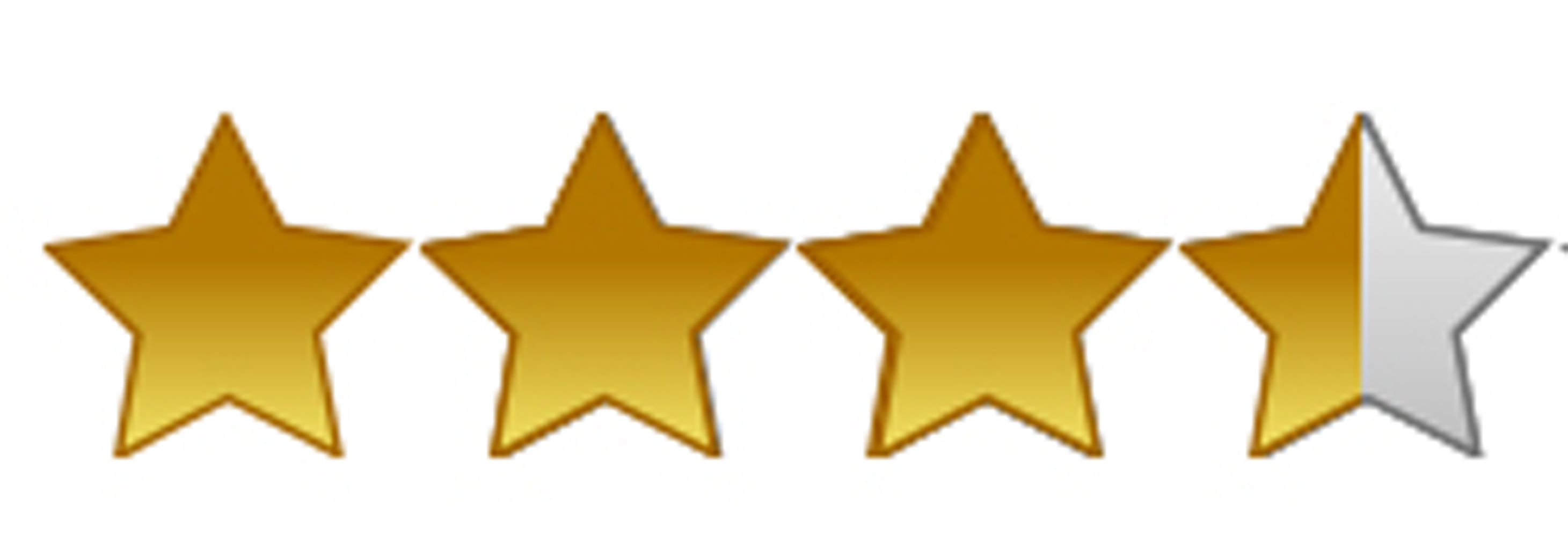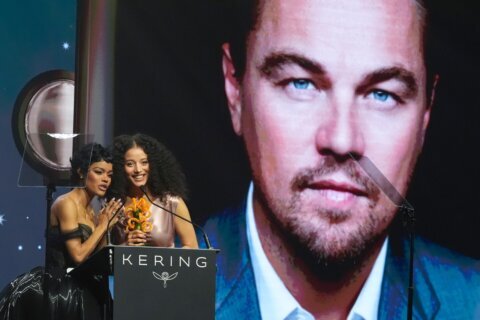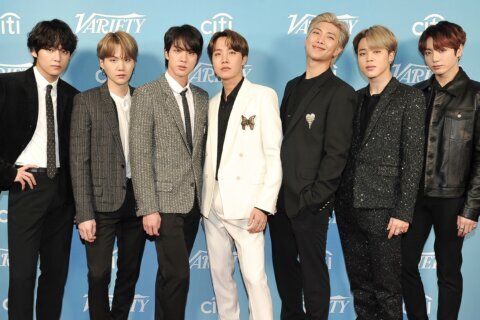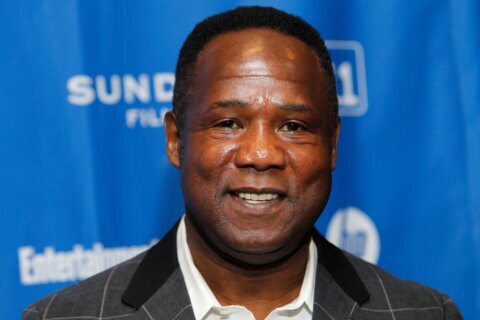WASHINGTON — Two master filmmakers tell a pair of true stories at the box office this weekend.
Danny Boyle directs “Steve Jobs” from a script by Aaron Sorkin, while Steven Spielberg directs “Bridge of Spies” from a script cowritten by the Coen Brothers.
Both aren’t what you expect going in, but they’re winners in their own right. Clear your expectations of what you think both movies should be and enjoy the daring paths these filmmakers have chosen.
Time for a double review of two stellar stories about two very different American figures.
‘Steve Jobs’
Right off the bat, viewers should know that “Steve Jobs” focuses less on the tech gadgets that this Apple genius invented and more on the bridges burned by the flawed man behind the machine. Younger viewers looking for the iPad, iPhone and other later devices may be left craving more of the Jobs they knew, but director Danny Boyle is far interested in showing us the Jobs we didn’t know. Thus in a battle between Macintosh and Microsoft, this film favors the “micro” over the “macro.”
It’s an unsympathetic portrayal to be sure, as Jobs (Michael Fassbender) belittles the contributions of Apple co-founder Steve Wozniak (Seth Rogen), gets fired by incoming Apple C.E.O. John Sculley (Jeff Daniels), bickers backstage with colleague Joanna Hoffman (Kate Winslet) and argues with his ex-lover Chrisann Brennan (Katherine Waterson) over the daughter he refuses to admit is his own.
Based on the biography by Walter Isaacson (which I highly recommend), the screenplay is penned by Aaron Sorkin, who jumped from stage to screen with “A Few Good Men” (1992), brought love to the White House in “The American President” (1995), made TV history by creating “The West Wing” (1999), won Oscars for “The Social Network” (2010) and earned Emmys for “The Newsroom” (2012).
With Sorkin comes the baggage of legions of fans and legions of detractors, both sides either turned on or put off by his verbose, chatty dialogue. At times, “Steve Jobs” becomes a bit too talky, with forced pop culture references, clunky exposition and unrealistically eloquent banter. In this way, he repeats the sin of Apple’s Next or Newton, sacrificing user friendliness for innovation.
Still, for all of this, we can’t help but admire all of the juicy stuff Sorkin packs in — (a) the daring attempt to intercut years of conversations between Fassbender and Daniels into one seamless sequence; (b) the rainbow-colored Apple logo analogy of “Imitation Game” hero Alan Turing, who invented the world’s first computer before being driven to suicide by Britain’s anti-gay laws; and (c) the familiar image of Lisa’s abstract art created by a computer mouse on Apple Paint, doing for computers what Orson Welles said of cinema as the ultimate paintbox, proving that Jobs didn’t just invent products, he unleashed the creative mind.
While Ashton Kutcher more physically resembled Jobs in the too-tidy biopic “Jobs” (2013), Fassbender’s performance is a force to be reckoned with come awards season. If you weren’t paying attention, Fassbender has quickly become one of the finest actors of our generation with “Inglorious Basterds” (2009), “Shame” (2011), “Prometheus” (2012) and “12 Years a Slave” (2013), where his plantation villain rivaled the horror of Ralph Fiennes’ Amon Goeth in “Schindler’s List” (1993).
In “Steve Jobs,” his talents are on full display during his interactions with Lisa (Makenzie Moss at age five, Ripley Sobo at age nine and Perla Haney-Jardine at age 19). It’s clear to everyone that her name inspired the Apple Lisa — the first P.C. with a graphical user interface — so it offers Fassbender a masterful portrait of denial as he tells the wounded, innocent child that the device stands for Local Integrated System Architecture — a B.S. acronym hiding Jobs’ own insecurities about his adoption.
“What could a one-year-old have done that was so bad to drive away his parents?” he asks.
Such complex self-analysis — and blinding lack thereof — make “Steve Jobs” a fascinating character study, as Fassbender does for denial what Robert DeNiro did for paranoia in “Raging Bull” (1980).
Call it a “kill your heroes” approach to a man who changed the world. Or, call it an artful attempt to tap into the concept that the most interesting characters carry massive human flaws.
As Fassbender says in the film: “I’m poorly made.”
The film is anything but.

‘Bridge of Spies’
Likewise, viewers should expect “Bridge of Spies” to similarly flip their trailer expectations.
Rather than a Bond-style action thriller, this spy movie is a thoughtful Cold War historical drama filled with back-channel conversations, legal deliberations and checkmate hostage negotiations.
Based on a true story, Brooklyn lawyer John Donovan (Tom Hanks) is recruited by the CIA to defend captured Soviet spy Rudolf Abel (Mark Rylance). The U.S. government wants the appearance of a fair trial — to prove that the American way of life is optimal for justice — but Donovan is met with a series of wink-wink, nudge-nudge suggestions from judges and lawyers who want a guilty verdict.
Even his wife (Amy Ryan) and “duck and cover” kids want a speedy trial so the community won’t question the family’s allegiances at the height of the Cold War. But when a U2 surveillance pilot Francis Gary Powers (Austin Stowell) is shot down over Russia, and an American student is detained at the pre-Berlin Wall border of East Germany, Donovan must negotiate a complex prison swap.
Spielberg kicks off the film with a riveting subway pursuit, where the camera choreography could serve as a spy film textbook. You can bet your ass Spielberg has studied Sam Fuller’s “Pickup On South Street” (1953), Robert Bresson’s “Pickpocket” (1959) and William Friedkin’s “The French Connection” (1971). As we board subway cars and step off again, we feel in the hands of a master.
Later, during the crash of a U2, Spielberg reminds us he’s the best action director in the biz, circling the tumbling aircraft as it plunges toward the ground, but never once confusing our eye.
Aside from this thriller opening and action air crash, Spielberg shifts into a more contemplative mode. Such a film — short on action, high on character glances — would have proved disastrous for a lesser filmmaker. But Spielberg creatively builds tension from quiet standoffs, whether it’s between two men at a negotiating table or between two governments at a climatic bridge staredown.
The careful construction of these scenes subconsciously influences our own allegiances, right down to screen direction. While a Brooklyn train moves to toward the right as American kids peacefully climb a fence, an East German train conversely moves away from the right as wall climbers are shot.
The script — cowritten by Matt Charman (TV’s “Black Work”) and the Coen Brothers (“Fargo”) — offers similar symbolism, thanks to a “standing man” analogy that begins as a childhood story, grows into a linchpin of the climax, and ends as a piece of symbolic artwork — literally.
Hanks is the perfect vehicle for this stoic figure, in one glance charming us like “Forrest Gump,” then shifting his posture in a fedora to make us fear him like “Road to Perdition,” never budging an inch.
In a way, the pace of the film feels exactly like Hanks’ character. It’s relaxed not rushed, patient not impulsive, wisely professional instead of brashly amateur. This confluence of character and tone makes any film a winner, let alone one with such stellar character acting and unique historical insight.

The above ratings are based on a 4-star scale. See where these films rank in Jason’s Fraley Film Guide. Follow WTOP Film Critic Jason Fraley on Twitter @JFrayWTOP.








